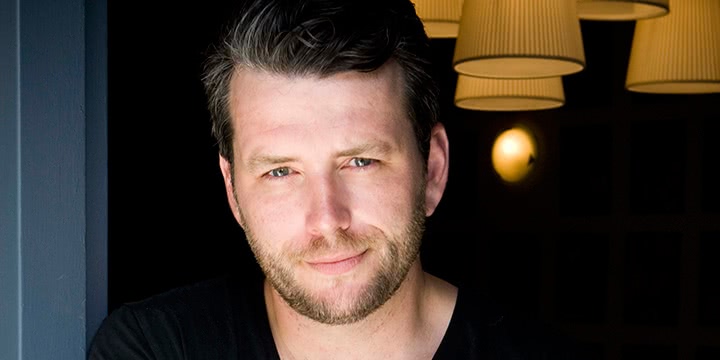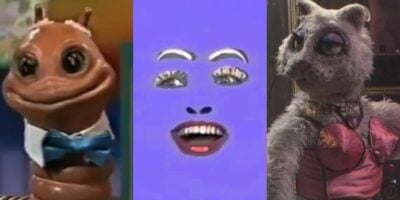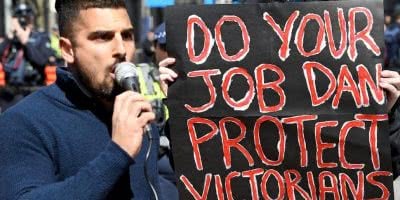Cut through Hyde Park along William Street, eyes fixed on the distant glow of the Coke sign, and hook left into Kings Cross. What do you see?
Ask some people, and the answer is likely to be strip clubs, prostitution and drunk buffoons beating each other up on the street. But turn off the neon spotlight and you’ll find the Cross is a far more interesting and complicated place. With a history stretching back to colonisation, it has always been a suburb of extremes, as Sebastian Goldspink knows better than most. With the arrival of Art Month, the director of Alaska Projects will be offering a tour of this supposed den of inequity.
“I guess the key to Alaska is this idea of the centre directly supporting artists,” Goldspink says. “Somewhere over 500 artists have been shown there since we opened, and it’s not just artists from Sydney, but nationally and internationally. Exhibition spaces can also be quite hard to come by for young artists, and to have free exhibition space in the inner city is important. At the core of what Alaska does is this sense of diversity, so we’re really proud of our representations of Aboriginal artists, gender and sexual diversity. It’s weird, because a lot of the time when you’re talking about community art organisations or cultural programs, there’s a feeling that everything has to be about that community. But our thing is to just provide good art, so every show doesn’t have to just be about the Cross, or telling us that heroin is bad. It encourages a diversity of ideas as well as a diversity of people.”
Of course, it is a topical time to be thinking about representations of Kings Cross. With the much-maligned lockout laws driving custom away and closing businesses, there are many in the community worried that we are truly seeing the rise of the nanny state. Yet other residents are applauding the restrictions and welcome the shifting cultural focus.
“Kings Cross has always been a place of culture,” says Goldspink. “It’s a place where during the 20th century lots of poets, artists, writers and musicians lived. It has a bohemian heart, but it’s also been through some tumultuous times. But the late-night, vice-orientated culture I think will die. We’re not far off seeing a Cross where there are no strip clubs on the main street. But I know a city needs that release, and I don’t know if the casinos are going to serve that. I’m predicting that we might see a rise in underground culture like I remember from the late ’80s – warehouse parties, raves. We might even see a speakeasy culture return. Sydney is a city that loves its nightlife, and I don’t think that this will halt that.”
Nor does Goldspink worry that we’ll see the end of the Cross as a place of culture and celebration anytime soon.
“Kings Cross is filled with ghosts. Either actually, or figuratively. So much happened in that neighbourhood, there’s so much significant history. There’s such a rich tapestry to draw on, so I want to evoke that. I’m very proud of my neighbourhood, and I think people often have a very simplistic view of Kings Cross. They don’t see the depth. There’s so much more to it. It’s one of the most architecturally significant areas in the country. I think Kings Cross has a black eye at the moment, you know, and I think some people have given up on it. It’s had its day. But I think it’s evolving. Whether people like that or not, it’s the reality. Kings Cross always fights back.”
Follow Kings Cross Walking Tours: The Art and The History as part of Art Month Sydney 2016, at Alaska Projects on Friday March 18.



































